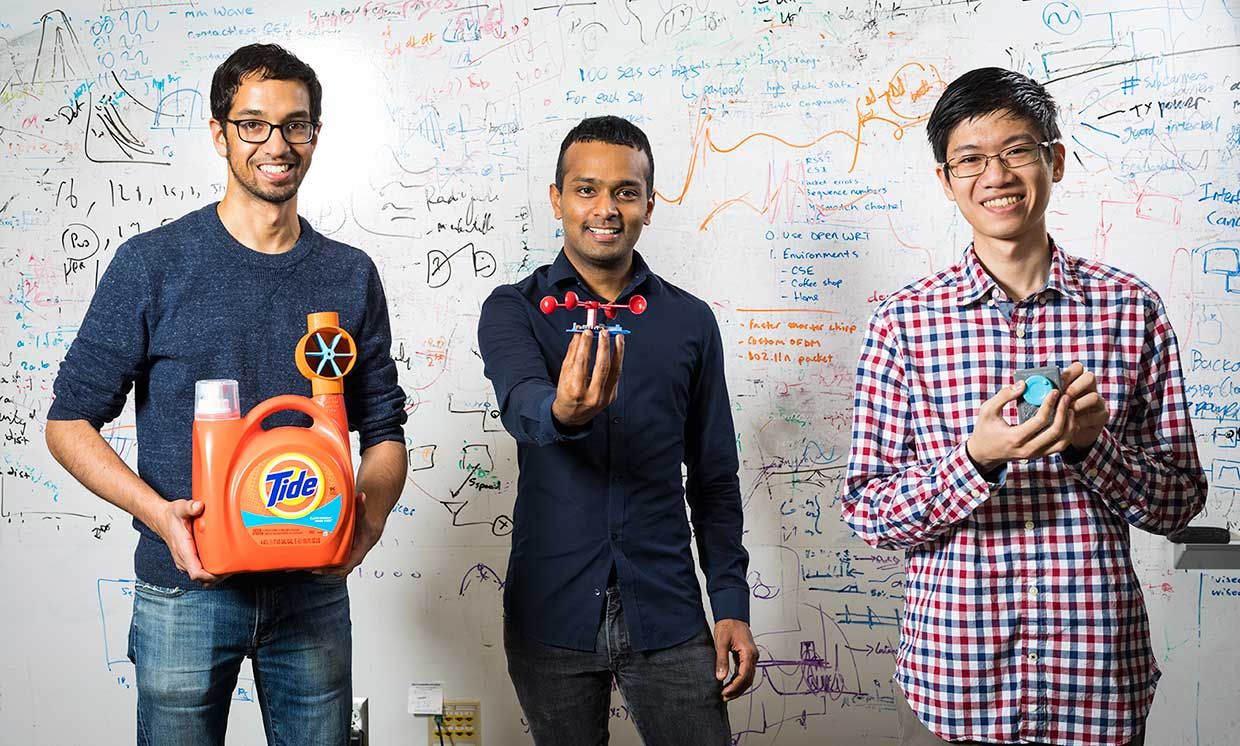Here Comes the Internet of Plastic Things
12. 10. 2020 | IEEE Spectrum | spectrum.ieee.org
When technologists talk about the “Internet of Things” (IoT), they often gloss over the fact that all these interconnected things need batteries and electronics to carry out the job of collecting and processing data while they’re communicating to one another. This job is made even more challenging when you consider that many of the objects we would like to connect are made from plastic and do not have electronics embedded into them.
Now researchers at the University of Washington have devised a way of using 3D printed plastic to create objects that communicate with smartphone or other Wi-Fi devices without the need for batteries or electronics. This research builds on previous work at the University of Washington dating back to 2014 in which another research team employed battery-less chips that transmit their bits by either reflecting or not reflecting a Wi-Fi router’s signals. With this kind of backscattering, a device communicates by modulating its reflection of the Wi-Fi signal in the space.

In this latest research, the University of Washington team has been able to leverage this Wi-Fi backscatter technology to 3D geometry and create easy to print wireless devices using commodity 3D printers. To achieve this, the researchers have built non-electronic and printable analogues for each of these electronic components using plastic filaments and integrated them into a single computational design.
Read more at IEEE Spectrum
Image Credit: Mark Stone/University of Washington
-jk-




